DEFINITION:
In mathematics, slope refers to the measure of steepness or inclination of a line, expressed as the ratio of vertical change (rise) to horizontal change (run) between two points on the line.
EXPLANATION:
Have you ever walked or ran up a hill and found yourself feeling exhausted?
You may have wondered at how steep the hill was and vowed to avoid any other hill that is as steep.
Steepness is the measure of the slope of a surface.
The slope of a line in mathematics is defined as the ratio of the rise over the run of the line i.e. the ratio of the vertical change (x) to the horizontal change (y) between two points on the line.
It is often referred to as the gradient of a line and is constant throughout a straight line.
This means that the gradient or slope of a straight line is the same at every point in the line.
Types of Slopes
Slopes can be:
- Positive: This is a slope whose rate of change increases as you move from left to right.
- Negative: This is a slope whose rate of change decreases as you move from left to right.
- Zero: This is a slope whose rate of change neither increases or decreases as you move left to right.
- Undefined: This is a slope that does not move to the right or left. It instead moved vertically. The slope is perpendicular to the horizontal surface
Examples of Slope In Real Life
Slope is applied to various areas in the real world, including:
1. Determining The Pitch Of A Roof

The slope of a roof is the pitch of the roof.
The pitch of the roof determines how much material will be used to build the roof as well as the performance of the roof.
A good pitch will prevent the accumulation of debris and water. Water and debris will slide off the roof efficiently.
2. Constructing slopes for snowboarding/ skiing jumping events in the Winter Olympics
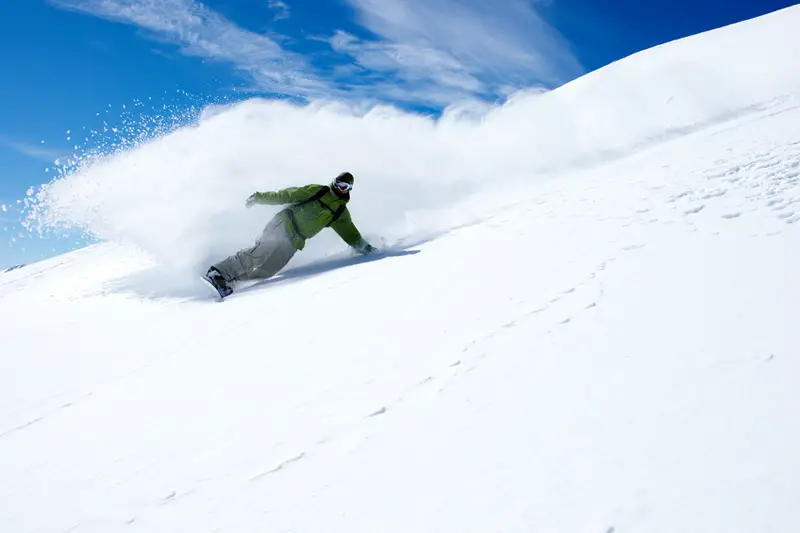
Many of the events in the Winter Olympic Games feature traveling down inclines.
The gradient of these inclines must be calculated with care to ensure the right slope.
The slope of the inclines determines the speed at which the athletes ski down the incline.
The right slope ensures safe skiing of the participants.
3. Grade of a road
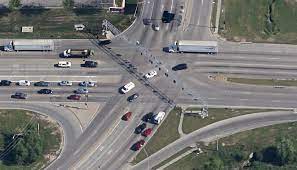
Civil engineers must determine the slope of a road at different sections when constructing it.
The steepness of the road is the grade of the road.
This calculation is important for ensuring the safety of motorists that use the road.
An extremely steep road will mean motorists must break excessively when going downhill. It also put a strain on vehicles traveling uphill.
4. Building wheelchair ramps

The law requires public and commercial buildings to ensure accessibility in their design.
One way of ensuring greater accessibility is by installing wheelchair ramps.
These ramps make it easier to move from low ground to higher ground and vice versa.
ADA regulations dictate that wheelchair ramps should provide 12 inches of horizontal distance for every inch of rise. This ensures that the ramps are not too steep.
5. Building stairs

Stairs offer a way to move safely from lower ground to higher ground and vice versa.
The slope of a staircase dictates how easy it is to use as well as the height of the risers and the depth of the treads.
It is important to ensure that a staircase isn’t too steep as this will make it strenuous to use.
Engineers usually break staircases up into shorter distances and include landing spaces to make them easier to use.
6. Designing cafeteria chairs

Modern cafeteria chairs feature legs with a wide stance.
The wide stance offers greater stability for the chairs.
Chair designers must consider the slope of the chair legs to ensure the stance is wide enough to provide maximum support but not too wide to make the chair weak.
7. Designing car windshields
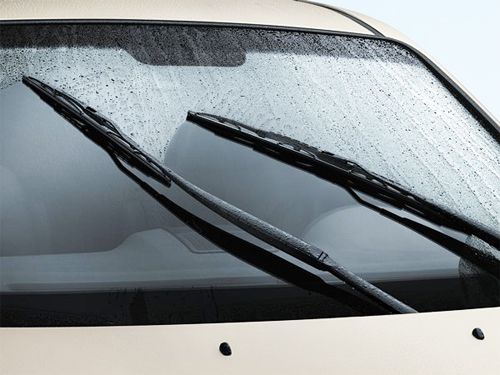
Windshields are designed for safety and comfort of motorists and their passengers when the vehicle is moving.
Windshields keep the wind and debris out of the car. The slope of the windshield influences how aerodynamic a car is.
Car designers must choose a slope that is aerodynamic but not too extreme as to interfere with the motorist’s comfort.
8. Playground slides
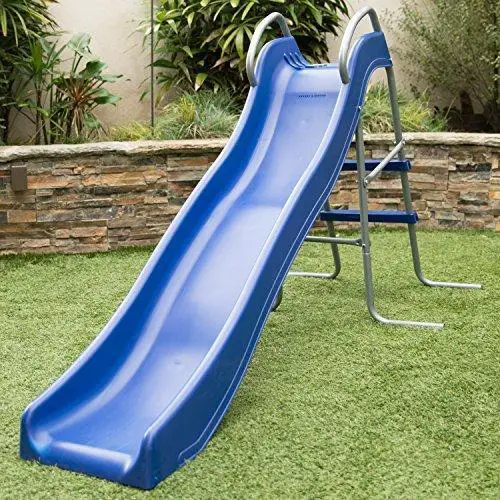
Playground slides are great fun. The slope of a playground slide is calculated to ensure that children can slide down easily at a safe speed.
If the slide is too steep, children will get hurt as they will slide down at speeds that are too fast.
If the slope is too shallow, children won’t gain enough momentum to slide all the way down.
9. Analysis of data
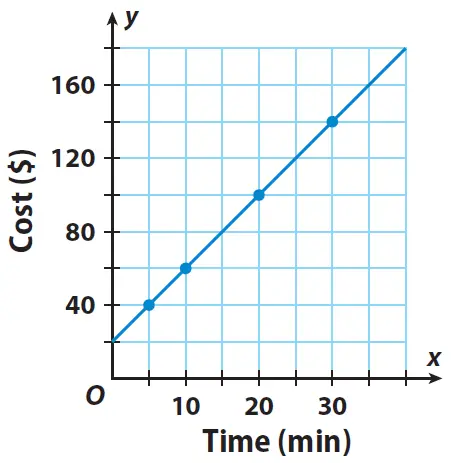
Economists, market research analysts and epidemiologists use graphs to represent data they are studying.
These professionals calculate the slope of lines on graphs to determine trends in the data they are analyzing.
The slope of the line could indicate trends such as profits, losses, growth in population and much more.
10. Designing a roller coaster ride

Roller coaster rides offer a thrill from the fluctuations in speed. People especially look forward to the speed at which the train descends steep declines.
Designers calculate the slope to offer a steep descent but must ensure safety.
Parting Thoughts
Slope is a mathematical concept of great importance in our world. We encounter it everywhere in our daily lives.


